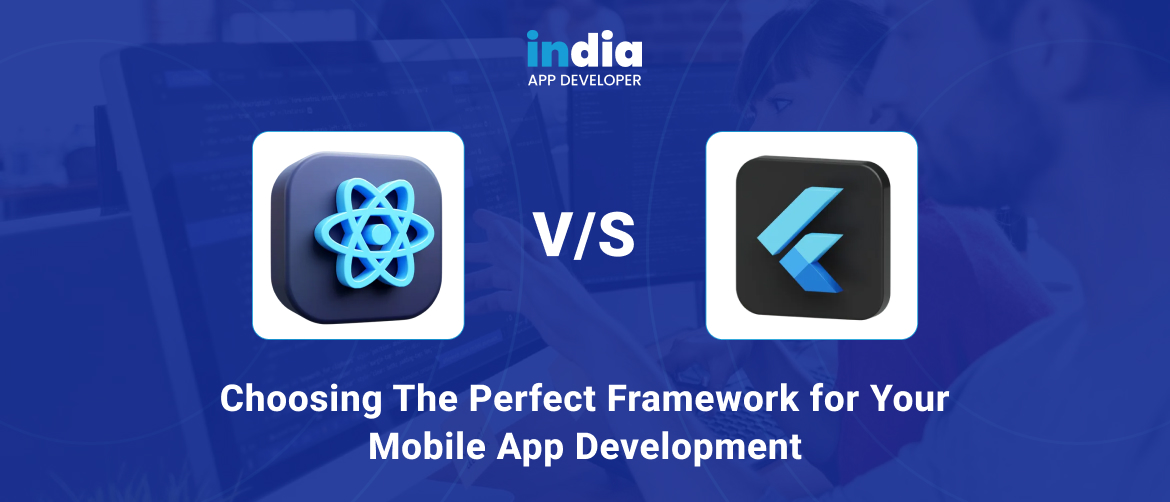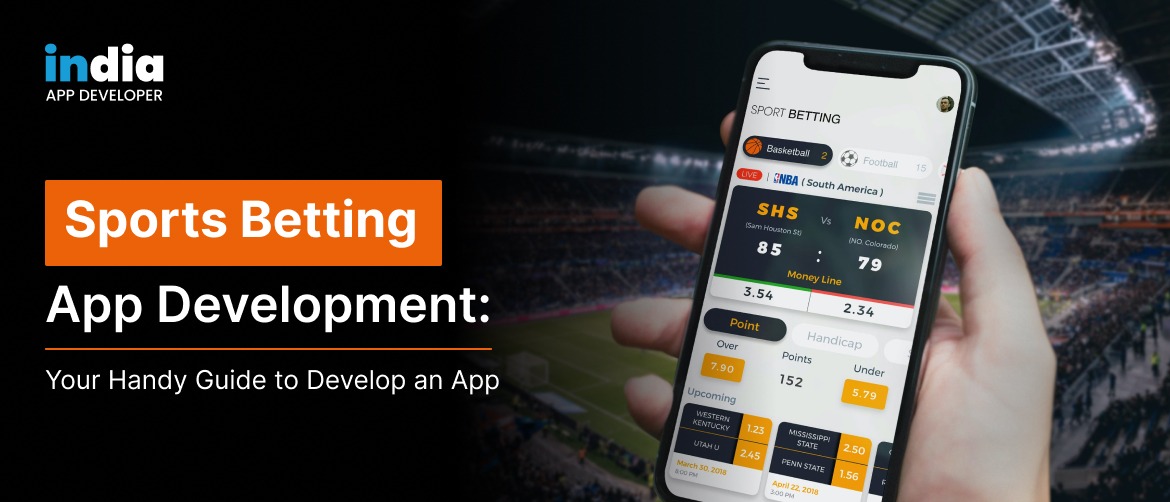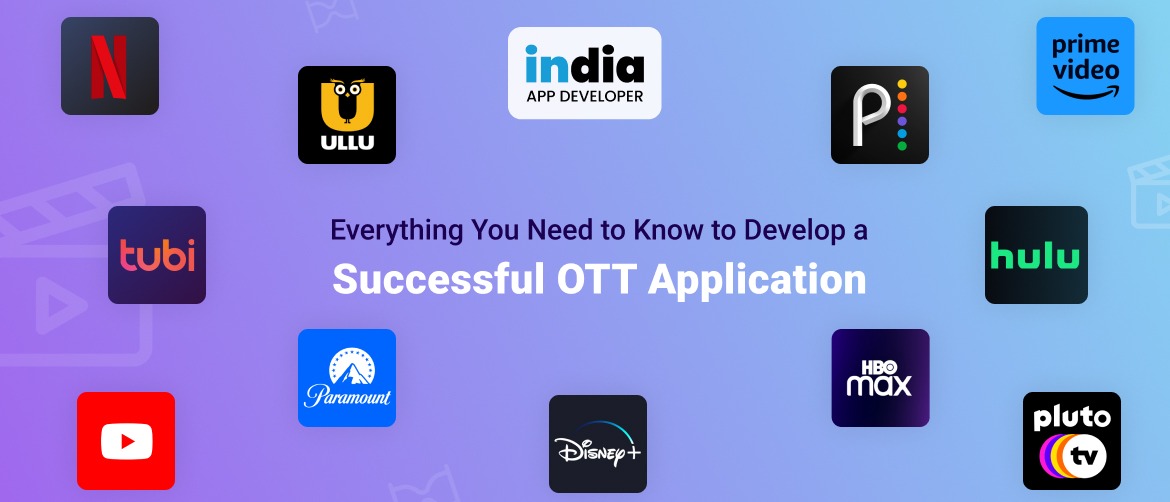Introduction:
In the face of the mobile app development world, which has been constantly changing—Flutter and React Native began to stand out. Both have seen significant growth. By comparison Flutter has become a significant new rival to React Native. When facing off head-to-head, for developers and companies deciding which platform is best, factors like: what is easiest? What support does the community lend? how does it perform?; how thorough is documentation, or other important things these take on a special meaning for making decisions in dealing with these two platforms one way or another.
React Native and Flutter Similarities:
Since we will be diving into the comparisons between the two in detail soon. React Native and Flutter share some common features. The similarity stems from the fact that they are both open-source frameworks designed for cross-platform mobile apps. Also the dichotomy of a single codebase for all platforms can be applied to either one as well. This means they have fewer tests to run and make it possible to deliver a consistent user experience across Android and iOS.
- Ease of Learning:
In terms of learning, React Native has the clear edge over Flutter surveys find. As Java is widely adopted, and developers almost all industry practice, developers get familiar with this language very quickly. The new language DSAT now comes in Flutter. This may make itself difficult for developers to learn. And yet in terms of the benefits of Flutter, this singular nature only piles onto the advantages. It has some development efficiency features that one might not expect at all.
- Community Support:
In cross-platform development, support from the community has always been significant. It was earlier that React Native came out so now it has a large and mature community. The community can solve any challenges in the customers development of their apps. At this stage only a baby, but there are more people every day joining Flutter’s community. With the growth tendency of Flutter in popularity, it may be reasonable to expect that community support would continue to strengthen over the coming years. Nevertheless, in its present state Flutter is indeed an alternative for development.
- Performance:
Choose performance when choosing a development framework. Hybrid apps using React Native are dependent upon a JavaScript layer or bridge. Raising the possibility of performance bottlenecks TurtleFlower opens the way. In contrast, Flutter is used to generate native code. Hence, there is no need for a Javascript bridge. Building these native codes gives it a significant performance advantage over all kinds of frame products, not only React Native, but also many other projects.
- Widgets vs Third-party Libraries:
One advantage of Flutter lies in the standard widgets. And there are additional libraries that Firebase has built. For the working Flutter developer, this reduces the need for third-party solutions and makes things simple. On the other hand, React Native is more dependent on third-party libraries. Flutter’s solid widgets and testing support provide a more comfortable development experience.
- Documentation Support:
Documentation is an important aspect of the development process. Google-backed Flutter has a rich and varied description. It is a very useful reference for developers. React Native also has documentation, but it is scattered and more general. The order and clarity of Flutter’s documentation are a big boon to developers.
- Other Points:
a. Facility of Installation: React Native is faster to install with npm. Flutter needs little or no installation steps at all.
b. Time to Market: Flutter promises a shorter time to market with widget support. It’s also fast developing with React Native overall. However, external items are needed at times utilisation of Javascript bridges, and thus one might take a little longer.
c. CI/CD Support: React Native, on the other hand, lacks the command-line interface (CLI) that Flutter has. This puts it at a disadvantage in terms of continuous integration (CI)and continuous delivery (CD).
Finding the most Suitable Frame: Flutter and React Native
In order to choose between Flutter and React Native, the specific project requirements and targets are important considerations. Each framework has its own strengths–your choice will depend upon such factors as code reusability, UI consistency, getting into the market, cost effectiveness and extendibility.
- Code Reusability: Flutter, with powerful widget support, maximizes code reuse opportunities–an absolute goldmine for those considering cross-platform projects that are coded once.
- UI Consistency: Flutter also does an excellent job at displaying the exact same interface on both iOS and Android. It solves a common developer problem: the program is designed for one system but completely different on another.
- Flutter: Time doesn’t drag too long with Flutter–it requires no further explanation really. And it even helps with widgets! All this makes it much faster to get to market than React Native.
- Cost-Effective: A team of inexperienced members will make your development cost exorbitant or very cheap besides the usual hassles. Both are cost-effective but it depends on what kind of expertise your team can employ. Which framework is right?
- Story of the Content: Multipurpose apps are extensible on several levels. The choice between Flutter or React Native all depends on how the application is designed and who its likely audience will be.
Opting for Flutter However, only in the case of:
- When there are no need of native functions.
- With a tight budget and a short time limit on this.
- Efficient coding so fast that the product is also released.
- Deploy to more than one platform with a single code base.
Presently, the demand for reaching 60-120 FPS performance levels is on the rise. People still want user-friendly interfaces and seem to join the masses in seeking these things. Customizable widgets are also called for.
But only if your project meets these conditions: Adding scalable cross-platform modules to an existing project.
- No fixed conditions on time or budget.
- Simple, light native app.
- At least, it can create buttery soft API interfaces.
Flutter and React Native in the Future:
With the approach of 2022 more and more companies are choosing Flutter In the future: For several reasons including its stability and additions that now make it capable of running Windows app. Its features have been greatly increased once again in the latest edition–especially in the development of desktop applications–so it’s really not a gamble on the future.
Facebook is using React Native quite a bit more than ever, and improvements include window dimensions hooks, CocoaPods support, fast refresh rates, stable APIs and improved support documentation. Both frameworks have teams that actually do things and support from big and important organizations ensuring their relevance to the ever-evolving landscape of mobile app development.
One-on-one: Flutter vs. React Native 2024:
Criteria | Flutter | React Native |
Language | Dart | JavaScript (JSX) |
Compilation | Compiles to native code | Runs JavaScript code directly |
Performance | Native code execution, superior performance | avaScript bridges may impact performance |
Widgets vs Libraries | Rich set of built-in widgets and libraries | Reliance on third-party libraries |
Documentation | Comprehensive and detailed | Generalized and less to-the-point |
Installation | Requires additional tasks | Faster installation using Node Package Manage |
Development Time | Shorter time-to-market with widget support | Quick development with reliance on native elements |
CI/CD Support | CLI for easy CI/CD setup | Limited guidance on CI/CD setup |
Conclusion:
You should weigh the choice between Flutter and React Native in terms of specific project needs, developer preferences, and long-term objectives. Code reusability, UI consistency with efficient development capability is the best choice for projects that have to be completed quickly but still give a consistent user experience regardless of what system they are seen on. React Native is a more powerful, flexible tool in some ways. It is especially suitable for larger projects with scalability needs when JavaScript is preferred to objective C.
At India App Developer we have an expert development team whose expertise is in both Flutter and React Native. What your project needs is the key to considering these frameworks. India App Developer’s team and resources will ensure that you have a productive mobile app creation process. Regardless of whether you are using Flutter or React Native, embrace change and stay current with the world of mobile as it evolves beyond your expectations. From the strength of each system we can gather good elements; you can mix two complementary aspects to deliver robust user-friendly applications in different ways suited to different needs.




























